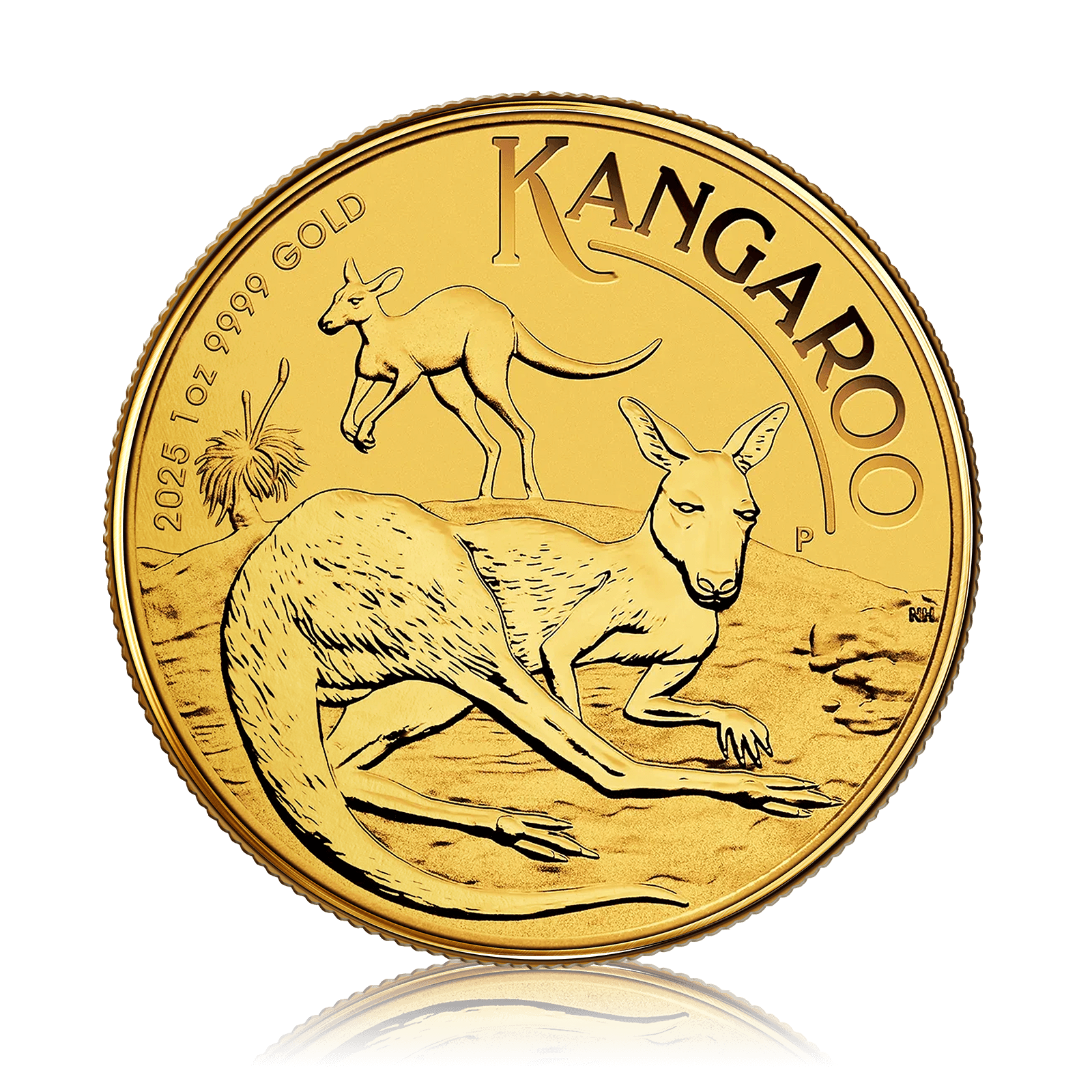Please note: This content is for educational purposes only and does not constitute financial advice.
If you’re looking to make a fast buck, are an eager financial risk taker or are hoping to ‘get rich quick’, gold investment might not be the one for you.
But if you’re the type of person who is interested in protecting and preserving your wealth over the long term, shielding your savings from inflation and reducing risk to your portfolio, then it’s an investment option worth considering.
It has to be said that while no investment is 100 per cent risk free, gold’s historical performance makes it one of the most trusted and time-tested assets. Whether you invest in physical gold, Exchange-Traded Funds (ETFs) or digital platforms, having a portion of your portfolio in gold can offer a degree of security in this unpredictable world.
If you are new to investing in gold but it’s something you’re seriously considering, we’ve created this series just for you: A Beginners Guide to Investing in Gold.
In this first blog post, we’ll explore why gold is an interesting and compelling investment option.
Before making any investment, we strongly recommend you speak with a certified financial advisor to see how gold could fit into your long-term strategy.
Why do people invest in gold?
It’s a good question, and an important one.
In periods of economic uncertainty, financial markets can become unpredictable, manifesting in the form of volatile stock markets, recession, currency devaluations and rising inflation.
And as inflation starts eating away at savings, investors start looking for ways to protect their wealth.
That means turning to ‘safe-haven’ assets such as government bonds and gold – assets which provide the stability that stocks, currencies and even property often cannot.

Gold in times of uncertainty and inflation
Inflation erodes the value of money over time, making goods and services more expensive and meaning money doesn’t stretch as far as it used to. Keeping cash in a savings account may feel safe, but if interest rates don’t keep up with inflation, your money is actually losing value. That’s why investors seek assets which hold their worth or increase in value.
Gold has a track record in being one of the most effective hedges against inflation. Unlike paper currency, which central banks can print in unlimited quantities, gold is a finite resource. This scarcity helps it retain value when economies are flooded with money.
When inflation rises, gold typically follows – making it a valuable store of wealth. During the 1970s, inflation in the United States hit double digits and gold prices surged from around $35 per ounce to over $800 per ounce by 1980. The same pattern emerged after the 2008 financial crisis.

It’s also proven itself against newer, more volatile assets. In 2022, when the crypto market crashed and Bitcoin lost over 60% of its value following the collapse of cryptocurrency exchange platform FTX, gold prices remained steady (or even increased) as investors sought it as a safe haven.
Gold can diversify your portfolio
Experienced investors know that putting all their eggs in one basket is risky. If that asset crashes, your entire investment suffers. But by spreading your money across different assets, any losses are absorbed more evenly, reducing your overall risk. Diversifying helps balance your portfolio and manage long-term risk.
Gold’s unique advantage is that it often moves in the opposite direction to stocks; when markets take a hit, gold tends to hold firm or rise, helping to smooth returns and provide stability.
Another benefit is liquidity. Unlike real estate, which can take months to sell, or stocks, which can fluctuate wildly in a single trading session, gold is a globally recognised asset which can be quickly converted into cash.
Types of gold investment
If you’re considering gold investment, you have several options – we’ll explore these in more detail in the next installment of this series, but here’s an overview of them:
- Physical gold (bars and coins): These offer direct ownership and long-term security but require safe storage and insurance.
- Gold ETFs (Exchange-Traded Funds): These provide exposure to gold without the need for storage, so they offer high liquidity but you have to pay management fees.
- Digital gold platforms: These allow for easy buying and selling and are often backed by physical reserves. Costs and provider reliability can vary however.
Each option comes with trade-offs in terms of security, accessibility and cost. The right choice depends on what works best for your investment strategy.
Coming up next in our series ‘Gold Investment for Beginners’: We’ll take a closer look at gold, the types of gold investment and unpack their pros and cons to help inform you about which investment option could be the right one for you.
As ever, before making any investment decisions, we always recommend speaking with a certified financial advisor to ensure gold fits within your long-term financial plan.

























